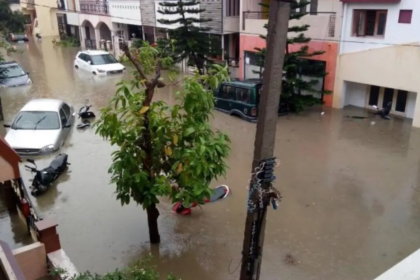Key Points:
Have you ever noticed shiny paan masala packets littering the streets, parks, or even your school playground? These small, colorful packets are everywhere—but did you know they are causing big problems for our soil and cities? Paan masala packet soil pollution is a growing issue that affects everyone, from children to adults.
Unlike regular plastic waste, paan masala packets are made of thick, multi-layered plastic that cannot be recycled. This means that once they are thrown away, they stay in the environment for years. Ragpickers don’t collect them because they have no value, so these packets pile up on roadsides and in open spaces.
When people carelessly throw away paan masala packets, they end up on the ground. Over time, rain and wind carry them into drains, parks, and fields. The plastic does not break down easily, so it slowly seeps into the soil. Harmful chemicals from the packets, like pesticides and toxic metals, can also leak into the earth, making the soil unhealthy for plants, animals, and even humans.
Here’s something surprising: more than one-fifth of the silt that clogs Delhi’s drains during monsoon is made up of gutkha and paan masala packets! When these drains get blocked, streets flood even after a short rain. This leads to traffic jams, damaged roads, and even dangerous situations for people trying to get home.
Sadly, many paan masala companies have ignored rules that ban plastic sachets for their products. The government has ordered them to switch to eco-friendly alternatives, but most have not followed these rules. This means the problem continues to grow, with more and more plastic ending up in our soil every day.
Next time you see a paan masala packet on the ground, remember: it’s not just litter—it’s a long-lasting threat to our environment. Shouldn’t we all demand cleaner, safer surroundings? Share your thoughts or tell us if you’ve seen these packets causing problems in your area. Let’s work together for a cleaner India!















